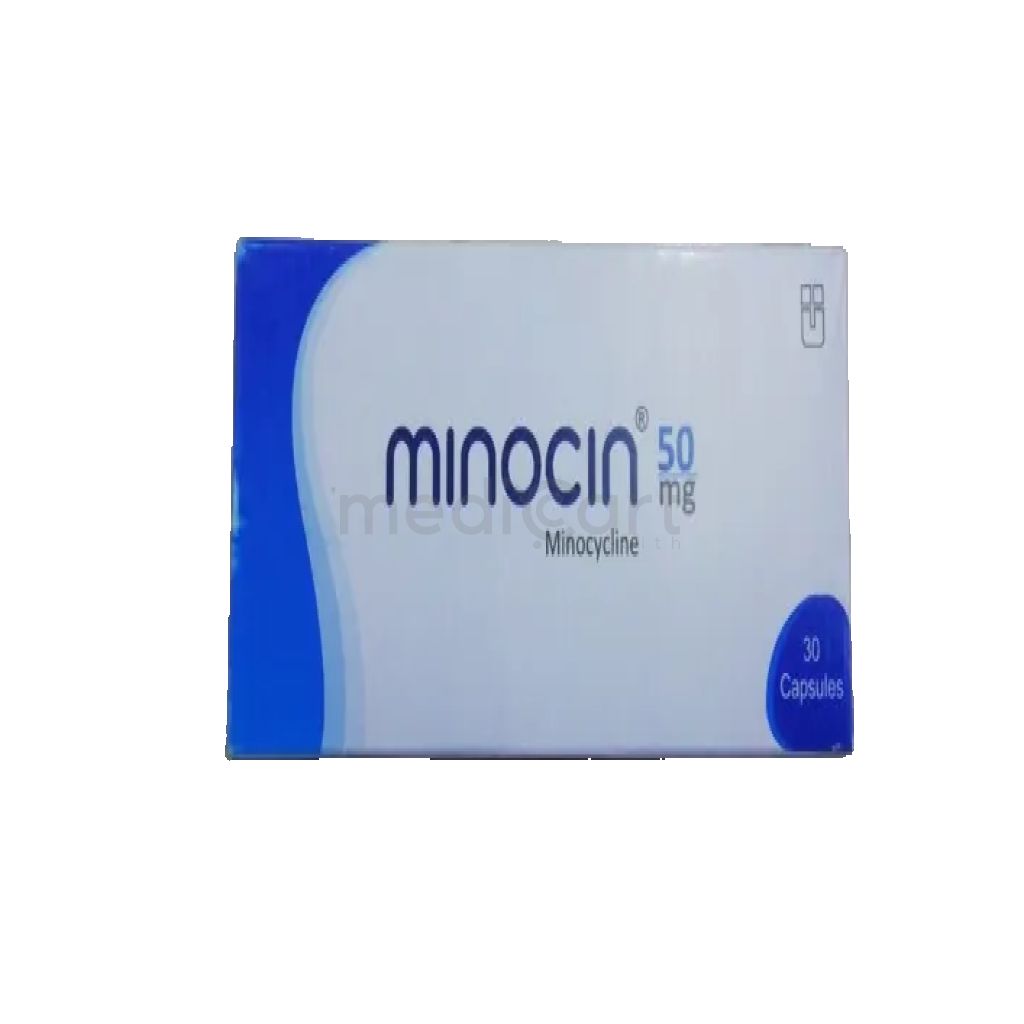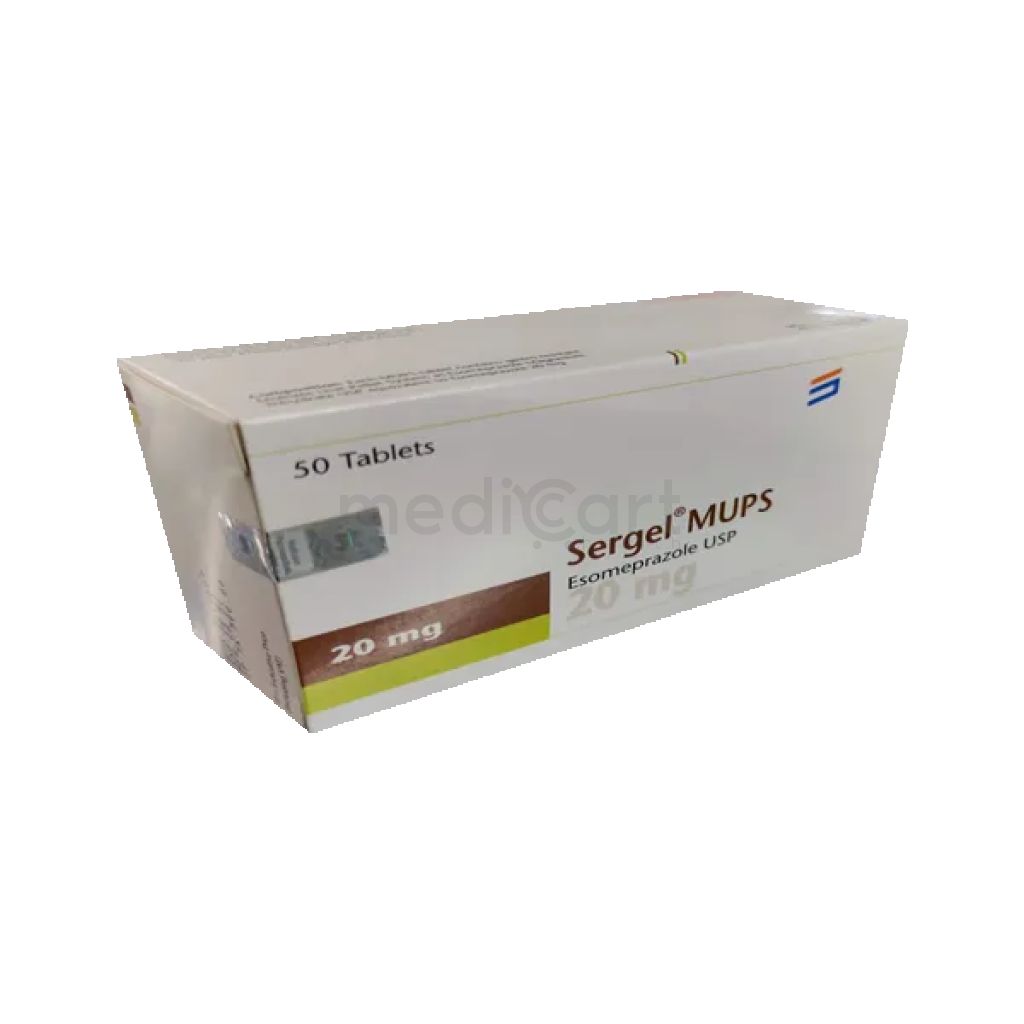

Minocin 50 - 50mg
Capsule
Pack Size :
10 Capsule x 1 Strip
Generics :
Minocycline Hydrochloride
Manufacturer :
Unimed & Unihealth Manufacturers Ltd.
Best Price *
TK
250.00
* Delivery will be done in Dhaka city only.
Alternative Product
More Information About - Minocin 50 - 50mg
Description
Generic Name
MinocyclinePrecaution
Caution in significant renal impairment (may lead to azotemia, hyperphosphatemia, and acidosis; monitor BUN) Adjust dose if renal impairment occurs Anaphylaxis reported; discontinue use and institute supportive therapy Prolonged use may result in fungal or bacterial superinfection Lupus, hepatitis, and vasculitis autoimmune syndromes reported with use; discontinue if lupus symptoms occur and assess liver function tests; ANA and CBC Discontinue therapy if pseudomembranous colitis occurs Risk of vestibular reactions Caution in hepatic impairment; discontinue if liver injury occurs Photosensitivity may occur with prolonged exposure to sunlight or tanning equipment; use skin protection and avoid prolonged exposure to sunlight Reduce dose in renal impairment; consider drug serum level determinations in prolonged therapy Tetracycline use during tooth development (last half of pregnancy through age 8 years) can cause tooth enamel hypoplasia or permanent teeth discoloration; more common with long-term use and with repeated, short courses; during pregnancy, may retard skeletal development and reduce bone growth Fanconi-like syndrome may occur with outdated tetracyclines Lightheadedness and vertigo may occur; use caution when performing tasks that require mental alertness or operating heavy machinery May increase BUN secondary to antianabolic effects Cases of drug rash with eosinophilia and systemic symptoms (DRESS) reported, some fatal; discontinue immediatelyIndication
Susceptible infections, Acne, Asymptomatic meningococcal carriers, Uncomplicated gonorrhoea, Nongonococcal urethritis, Syphilis,Contra Indication
Documented hypersensitivityDose
Oral Susceptible infections Adult: 200 mg daily in divided doses. Acne Adult: 50 mg bid or 100 mg once daily. ?45 kg: 1 mg/kg once daily as modified-release preparation. Asymptomatic meningococcal carriers Adult: 100 mg bid for 5 days, followed by a course of rifampicin. Nongonococcal urethritis Adult: 100 mg 12 hrly for at least 7 days. Uncomplicated gonorrhoea Adult: Initially, 200 mg, followed by 100 mg 12 hrly for a min of 4 days, follow-up cultures should be done w/in 2-3 days after completion of therapy. Uncomplicated urethral gonorrhoea in men Adult: 100 mg 12 hrly for 5 days. Mycobacterium marinum infections Adult: 100 mg 12 hrly for 6-8 wk. Syphilis Adult: 200 mg initially, followed by 100 mg 12 hrly for 10-15 days. Intravenous Susceptible infections Adult: Initially, 200 mg followed by 100 mg 12 hrly. Max: 400 mg/day. Child: >8 yr Initially, 4 mg/kg, then 2 mg/kg 12 hrly not to exceed the usual adult dose.Side Effect
Discoloration of teeth (in children) Vestibular symptoms (>30%) Pericarditis Myocarditis Vasculitis Angioedema Alopecia Erythema nodosum Erythematous rash Exfoliative dermatitis Pruritus Toxic epidermal necrolysis Urticaria Dizziness Fever Fatigue Somnolence Angioedema Hyperpigmentation of nails Pigmentation of skin and mucous membranes Thyroid dysfunction Thyroid discoloration Thyroid cancer Vulvovaginitis Hemolytic anemia Neutropenia Thrombocytopenia Agrunolocytosis Pancytopenia Hepatic cholestasis Hepatitis Hyperbilirubinemia Jaundice CNS effects Clostridium difficile diarrheaPregnancy Category
Name : D
Description
There is positive evidence of human fetal risk based on adverse reaction data from investigational or marketing experience or studies in humans, but potential benefits may warrant use of the drug in pregnant women despite potential risks.Mode of Action
Minocycline inhibits protein synthesis by binding to 30S and possibly 50S ribosomal subunits of susceptible bacteria. It is active against Streptococcus aureus, Neisseria meningitidis, various enterobacteria, Acinetobacter, Bacteroides, Haemophilus and Nocardia spp., and some mycobacteria.Interaction
Impaired absorption by concomitant admin w/ Ca-containing antacids and other divalent or trivalent cations (e.g. Al, bismuth, Fe, Mg, Zn). May decrease effectiveness of oral contraceptives. May interfere w/ the bactericidal action of penicillins. May potentiate the effect of anticoagulants. Increased risk of nephrotoxicity w/ diuretics. Increased risk of pseudotumour cerebri w/ retinoids (e.g. isotretinoin). Increased risk of ergotism w/ ergot alkaloids. Potentially Fatal: Concurrent use w/ methoxyflurane may result to fatal renal toxicity.Pregnancy Category Note
Pregnancy category: D Lactation: Enters breast milk, some manufacturers say do not nurse; however AAP considers nursing compatible due to calcium chelation of drug and prevention of its absorption; long-term safety of prolonged exposure unknownAdult Dose
Oral Susceptible infections Adult: 200 mg daily in divided doses. Acne Adult: 50 mg bid or 100 mg once daily. ?45 kg: 1 mg/kg once daily as modified-release preparation. Asymptomatic meningococcal carriers Adult: 100 mg bid for 5 days, followed by a course of rifampicin. Nongonococcal urethritis Adult: 100 mg 12 hrly for at least 7 days. Uncomplicated gonorrhoea Adult: Initially, 200 mg, followed by 100 mg 12 hrly for a min of 4 days, follow-up cultures should be done w/in 2-3 days after completion of therapy. Uncomplicated urethral gonorrhoea in men Adult: 100 mg 12 hrly for 5 days. Mycobacterium marinum infections Adult: 100 mg 12 hrly for 6-8 wk. Syphilis Adult: 200 mg initially, followed by 100 mg 12 hrly for 10-15 days. Intravenous Susceptible infections Adult: Initially, 200 mg followed by 100 mg 12 hrly. Max: 400 mg/day.Child Dose
Intravenous Susceptible infections Child: >8 yr Initially, 4 mg/kg, then 2 mg/kg 12 hrly not to exceed the usual adult dose. Oral Acne Vulgaris <12 years: Safety and efficacy not established Immediate-release products: 4 mg/kg PO initially (not to exceed 200 mg), THEN 2 mg/kg/day PO q12hr; not to exceed 400 mg/day Extended-release tablets: 1 mg/kg PO qDay Administer therapy for 12 weeksRenal Dose
Renal impairment: Reduce dose or increase dosing interval. Max: 200 mg/day.Administration
IV Preparation Reconstitute cryodessicated powder with 5 mL sterile water for injection Immediately dilute further with 500-1000 mL of 0.9% NaCl, dextrose solutions, dextrose and NaCl solutions, Ringer Injection, or Lactated Ringer Reformulated Minocin IV Allows for dilution with lower fluid volume After vial reconstitution, dilute further with 100-1000 mL of 0.9% NaCl, dextrose solutions, dextrose and NaCl solutions, or 250-1000 mL of Ringer or Lactated Ringer injections IV Administration Avoid rapid IV infusion Infuse over one hour Not to exceed 400mg in 24 hours Oral Administration May take with or without food Ingestion of food along with may help reduce the risk of esophageal irritation and ulceration Extended-release tablets or capsules: Swallow whole without chewing, crushing, or splitting Extended-release tablet: These tablets are scored and intended to split to give precise doseDisclaimer
The information provided herein are for informational purposes only and not intended to be a substitute for professional medical advice, diagnosis, or treatment. Please note that this information should not be treated as a replacement for physical medical consultation or advice. Great effort has been placed to provide accurate and comprehensive data. However, Medicart along with its authors and editors make no representations or warranties and specifically disclaim all liability for any medical information provided on the site. The absence of any information and/or warning to any drug shall not be considered and assumed as an implied assurance of the Company.





